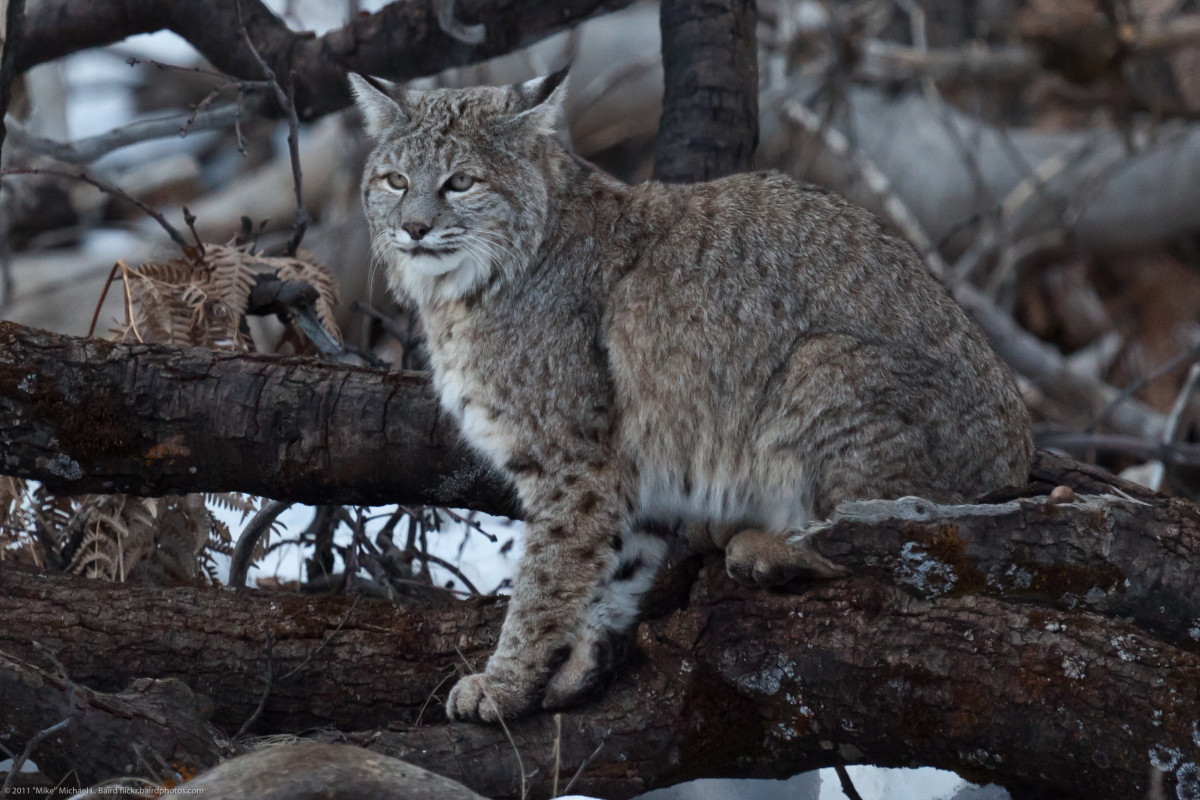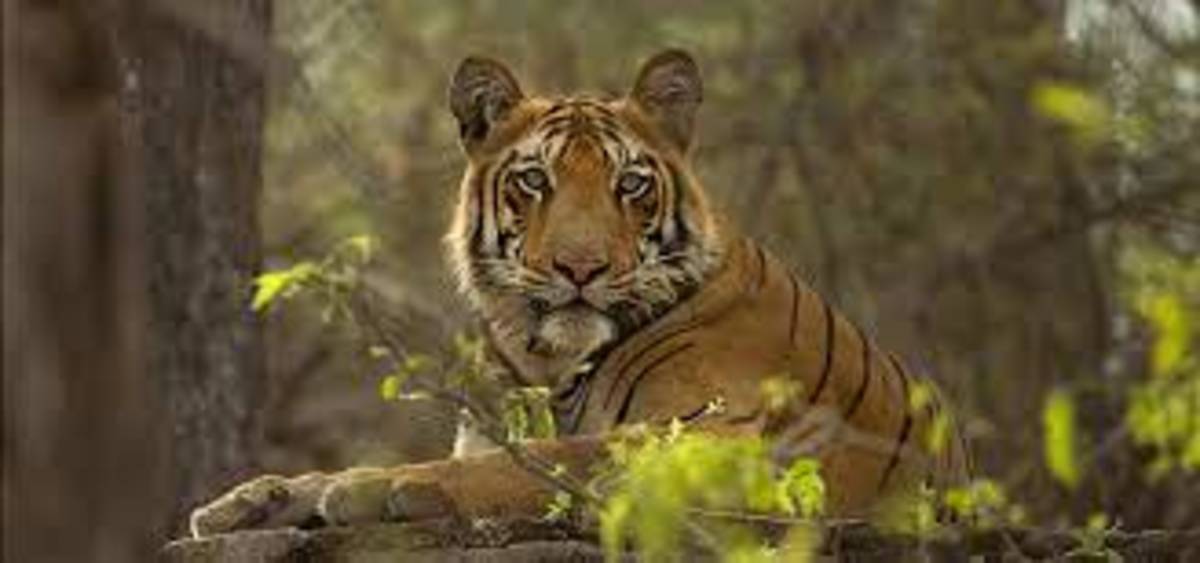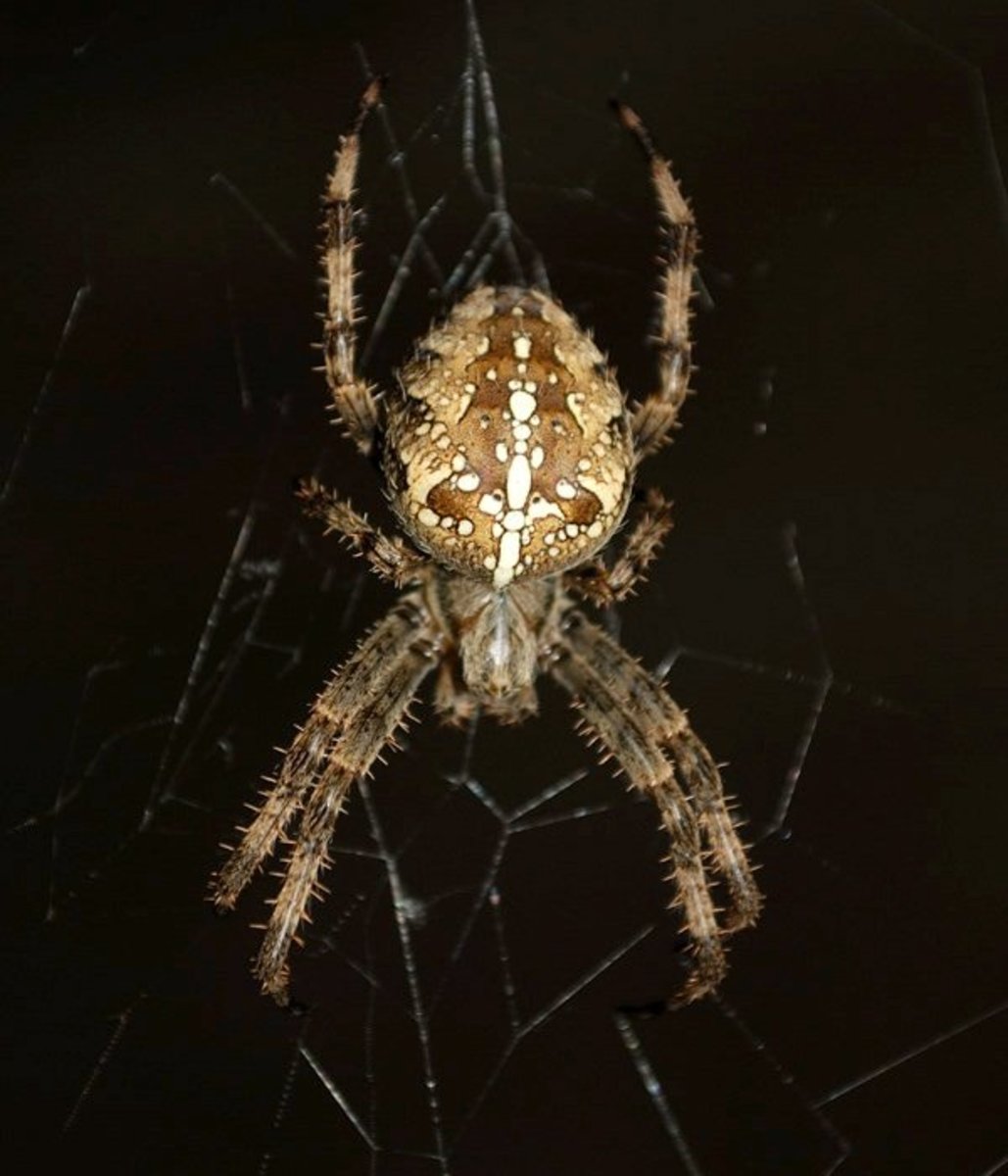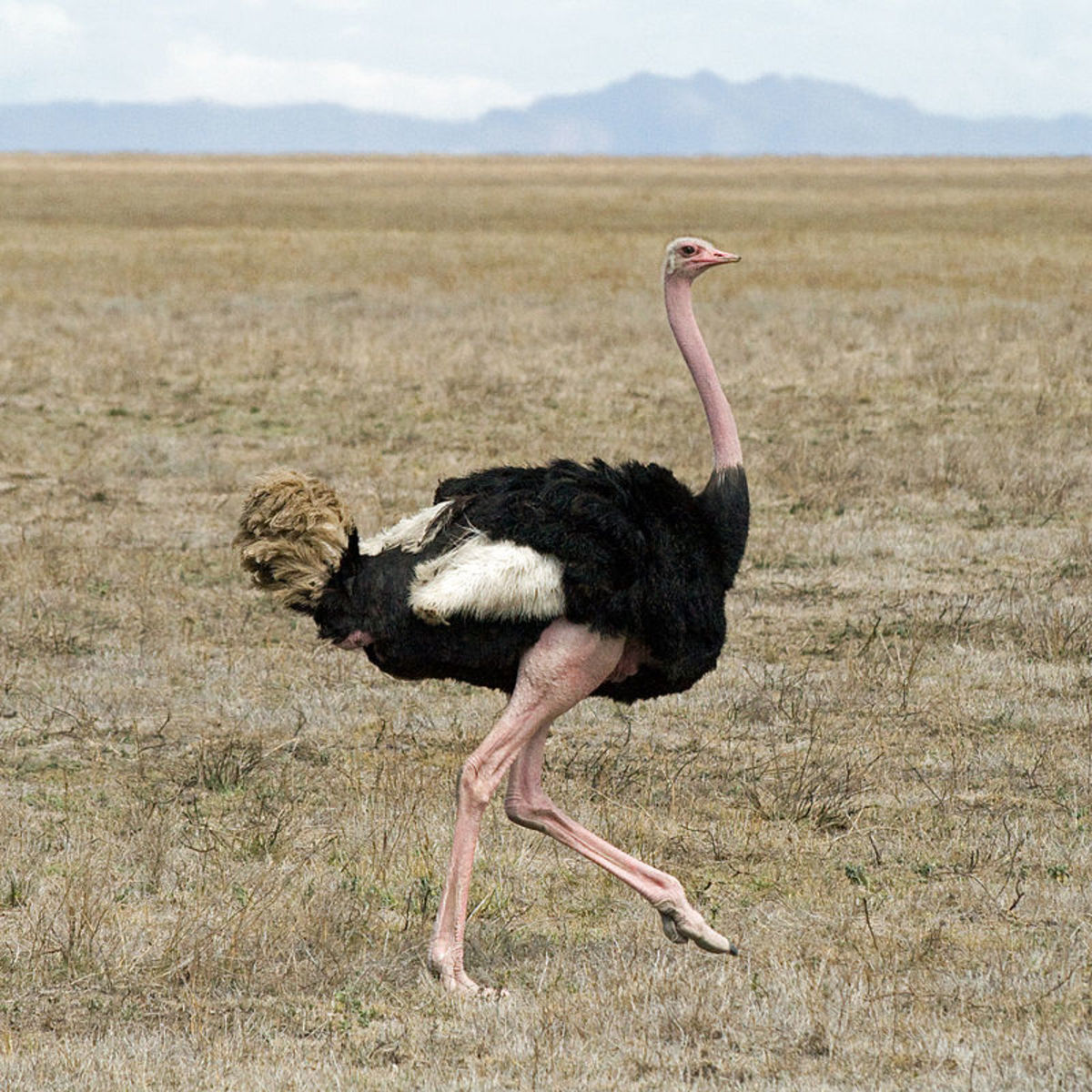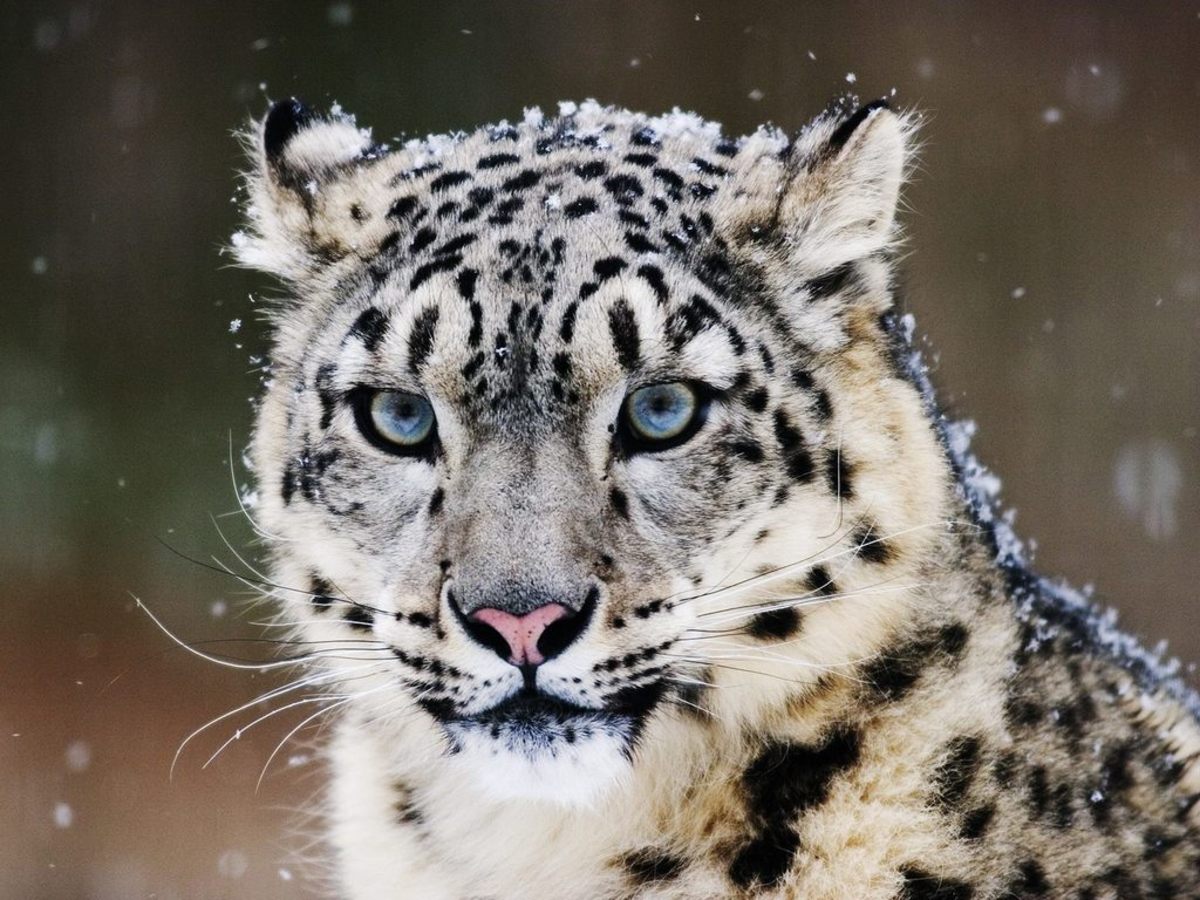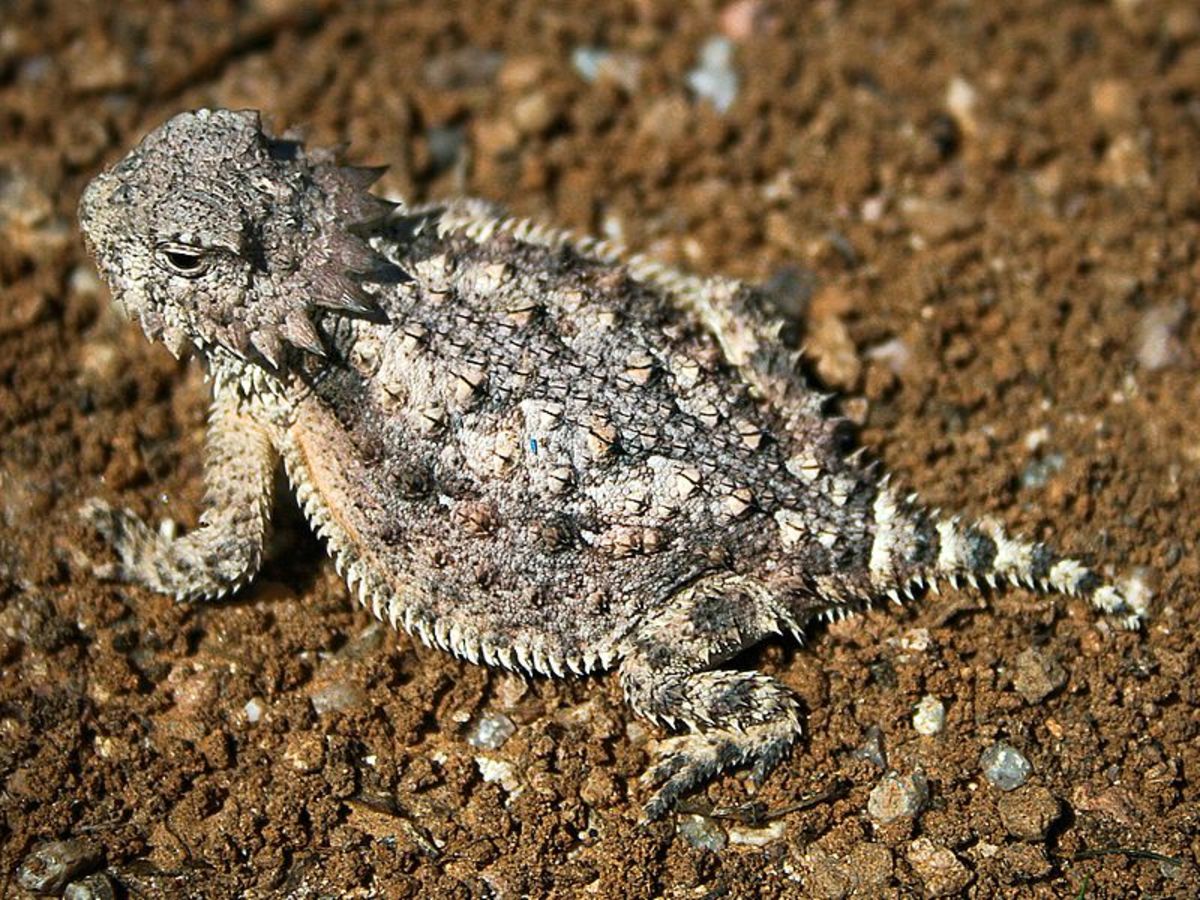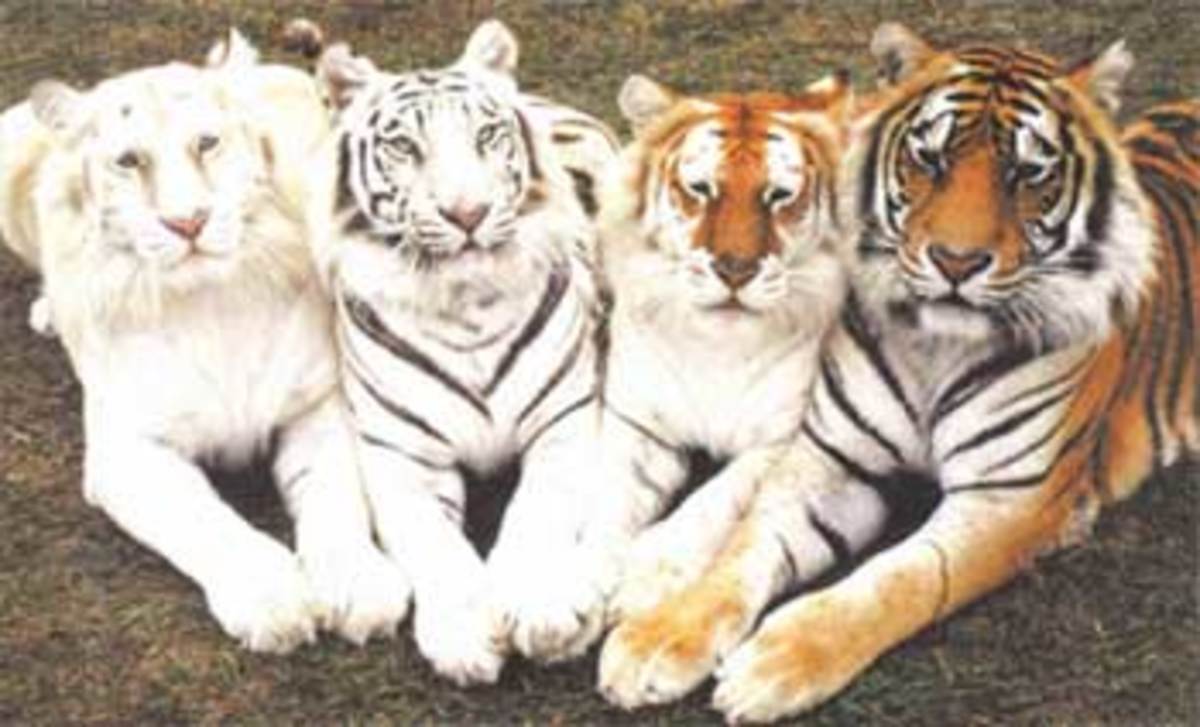- HubPages»
- Education and Science»
- Life Sciences»
- Endangered Species
Markhor | The National Animal of Pakistan
Markhor
The markhor (Capra falconeri) is an enormous species of wild goat that inhabits all along northeastern Afghanistan, Pakistan (Gilgit-Baltistan, Hunza-Nagar Valley, northern and central Pakistan), few areas of Jammu and Kashmir, southern Tajikistan and southern Uzbekistan. The species is classified by the IUCN as Endangered, as there are no more than 2,500 adult individuals and the numbers are constantly diminishing by 20% over two generations. The markhor is also the national animal of Pakistan.
Etymology
The colloquial name is believed by few people to be originated from the Persian word mar, means snake, and khor, means "eater", which is often understood to either claim the species' ability to hunt snakes, or with respect to its corkscrewing horns, that are fairly meaningful of coiling snakes. According to folklore, the markhor is capable to hunt a snake and consume it. Subsequently, while chomping on the cud, a foam-like material emerges out of its mouth that falls on the ground and dries out. This foam-like matter is pursued after by the native people, who deem it fit to be effective in pulling out snake poison from snake bitten wounds.
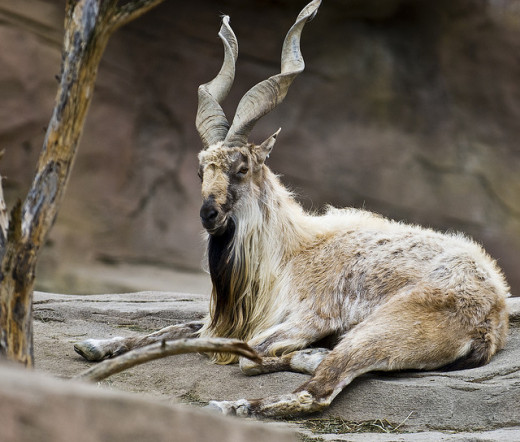
Fast Facts
Class
Mammalia
Order
Artiodactyla
Family
Bovidae
Genus and Species
Capra Falconeri
Weight
Male: 175 - 240 lb (80 - 110 kg)
Female:70 - 110 lb (32 - 50 kg)
Length
Head and Body: 4.5 - 6 ft (1.4 - 1.8 m)
Tail: 3 - 5.5 inches (8 - 14 cm)
Distinctive Features
enormous stocky wild goat; reddish to sandy coat in summer, greyish in winter, pale belly; blackish tail. Mail: prominent dark beard: prominent, thin, twisted, upright horns. Female: shorter horns
Lifespan
Up to 12 years
Status
endangered; estimated population: no more than about 5,000
Habitat
High mountains above tree line but not highest mountain caps
Physical Description
Markhor stands around 65 to 115 cm (26 to 45 inches) at the shoulder, 132 to 186 cm (52 to 73 inches) in length and weighs around 32 to 110 kg (71 to 240 lb). They are known to have topmost maximum shoulder height amongst the species in the genus Capra, but is exceeded in length and weight by the Siberian ibex. The coat is of a greyish, light brown to black color, and is flat and short in summer, while growing lengthier and denser in winter. The fur of the inferior legs is black and white. Markhor are sexually dimorphic, with males developing longer hair on the chin, throat, chest and shanks. Females are reddish in color, with the shorter hair, a diminutive black beard, but are maneless. Both sexes have firmly frizzy, corkscrew-like horns, which attached mutually at the head, but extend skyward toward the tips. The horns of males can reach up to 160 cm (64 inches) in length, and up to 25 cm (10 inches) in females. They have a pungent odor, which outstrips that of the domestic goat.
Markhor Behavior
Markhor are reformed to mountainous territory, and dwells between 600 and 3,600 meters in altitude. They usually live in scrub forests composed largely of oaks (Quercus ilex), pines (Pinus gerardiana), and junipers (Juniperus macropoda). Markhors are diurnal, and are mostly dynamic in the early morn and late afternoon. Their diets change seasonally: in the spring and summer seasons they browse, but turn to grazing in the winter, sometimes are found standing on their rear legs to grasp lofty branches. The mating season occur in winter, during which the males combat each other by lunging, locking horns and endeavoring to shove each other off balance. The gestation period lasts for 135–170 days, and typically results in the birth of 1 - 2 two kids, although rarely three. Markhor lives in flocks, normally numbering nine animals, comprised of mature females and their juveniles. Mature males are primarily solitary. Their alarm call very much associated with the bleating of domestic goats. Premature in the season the males and females can be identified together on the wide grassy patches and perfect slopes amongst the forest. During the summer, the males stay in the forest, while the females largely ascent to the maximum stony ridges above.
Relationship with the Domestic Goat
Some authors have suggested that the markhor is the antecedent of certain breeds of domestic goat. Charles Darwin holds that the modern goats emerge from crossbreeding markhor with wild goats. Other authors have put forward the probability of markhor being the antecedent of certain Egyptian goat breeds, because of their alike horns, although the absence of an anterior keel on the horns of the belie any close relationship. The Changthangi domestic goat of Ladakh and Tibet may descend from the markhor. The Girgentana goat of Sicily is believed to have been bred from markhor, as is the case of Bilberry goat of Ireland.

